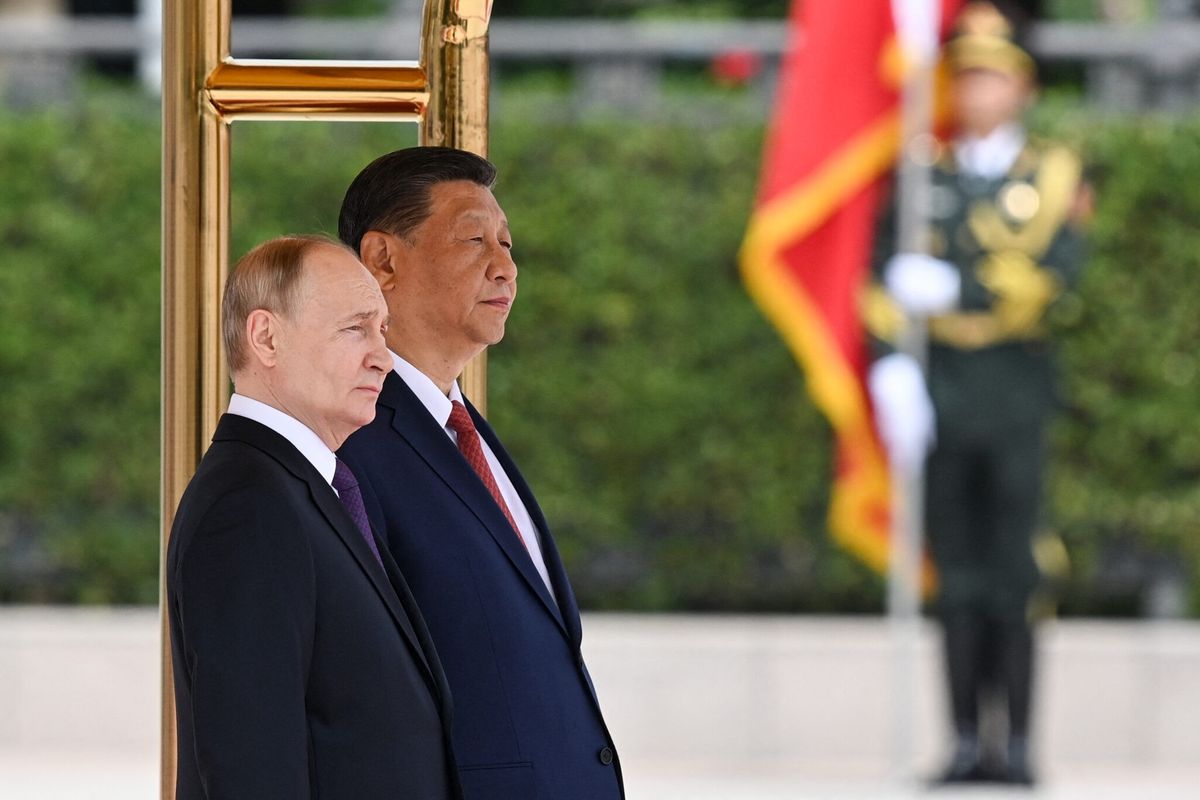Imagine the middle of nowhere Alaska. Got that in your head? Great. Now drive 2½ hours further into nowhere and you have arrived at Fort Greeley. I visited in the fall of 2015. It was cold out there—a wet, bitter cold. It’s also slightly eerie. The absolutely enormous ravens all around the base don’t help with that. Looking across the vast, empty valley to the mountains in the distance, you would never imagine that hundreds of millions of dollars’ worth of missile technology is buried just beneath the frozen ground.
By the end of this year, Fort Greeley will be home to 40 ground-based missile defense interceptors. Four more are based down at Vandenberg Air Force Base in California. These missiles make up the U.S. Ground-Based Missile Defense (GMD) program, and their mission is to protect the U.S. homeland from limited intercontinental ballistic missile (ICBM) attacks. Climbing down into one, you are immediately struck with the size of the missiles and the concept itself. The idea of hitting a missile traveling at face-melting speeds with another missile is, in the literal sense, awesome.
An impenetrable missile shield protecting the United States has been the dream of some Washington defense wonks for generations. Such a shield, they believe, would protect us from rogue states like North Korea and, perhaps one day, all of our adversaries. Dreams aside, in many ways a working ground-based missile defense system designed to defend against a limited threat from North Korea could be useful. But it is a system we need to be realistic about.
First, the ugly truth: we have never actually hit a missile with a missile under real-world conditions. Ever.
The GMD program has been plagued with problems since its inception, many having to do with the fact that missiles are deployed before they are proven effective—an oddity among weapons acquisition programs. In 2016, the Government Accountability Office stated that simultaneously developing and deploying missile defense interceptors is “a high-risk strategy that often results in performance shortfalls, unexpected cost increases, schedule delays, and test problems.” With $40 billion in sunk costs, we are not yet close to a reliable system.
Fortunately, North Korea has not yet flight-tested an ICBM, but time is not on our side. To address the North Korean missile threat, the Trump Administration must first get itself in order. It is long past time to fully staff leadership positions at the Departments of State and Defense and get Ambassadors out to China, Japan, and South Korea. Only with a full team of experts can the United States coordinate a comprehensive and realistic strategy for dealing with Pyongyang’s missile program. Unlike most efforts having to do with North Korea, this is undoubtedly achievable.
It is also important to streamline and coordinate rhetoric. Administration officials are constantly contradicting their own colleagues (or themselves) on the U.S. approach to North Korea or further backing themselves into a corner with regard to response options. The lack of policy clarity is making a bad situation even worse.
At the same time, working with partners and allies, the Administration needs to better enforce and implement the various sanctions on North Korea, in particular those that relate to the missile program. Despite the obstacles in place, money, tools, and technologies still make their way into the hermit kingdom. Cutting off these illicit paths won’t cripple Pyongyang’s missile and nuclear programs, but it will certainly slow them down.
Next, the immediate diplomatic focus should be imposing a testing freeze for both missiles and nuclear devices. To achieve this, the Administration will need to work closely with all relevant countries in the region and be cognizant of what we would be willing to trade—such as sanctions relief or humanitarian aid—for such a freeze. The decreased tensions that would result from testing moratoria can help create room for conversations on the larger problem: how to bring peace and stability to the Korean Peninsula.
While pursuing a diplomatic solution in good faith, work on the GMD program should be focused on research that is subjected to rigorous scientific standards, transparency, and oversight. We should also have an informed and serious debate on whether defensive missile systems actually end up undermining stability. Offensive missile systems are cheaper to build than defensive ones. If North Korea wants to effectively counter the U.S. GMD system, it can simply decide to build more missiles. That kind of military build-up harms the very security a defensive program is designed to enhance. In addition, we need to research and fully fund efforts that defend against the myriad other ways a rogue nuclear warhead could be delivered (think shipping containers).
There is no doubt that the North Korean missile program is a threat that needs to be dealt with now. To do this, we need tools on which we can rely. We need to stop inflating the capabilities of our current GMD system and work to get the North Koreans back to the negotiating table. Finally, we should definitely stop putting missile interceptors in the cold, lonely ground at Fort Greeley until we are certain they work.










